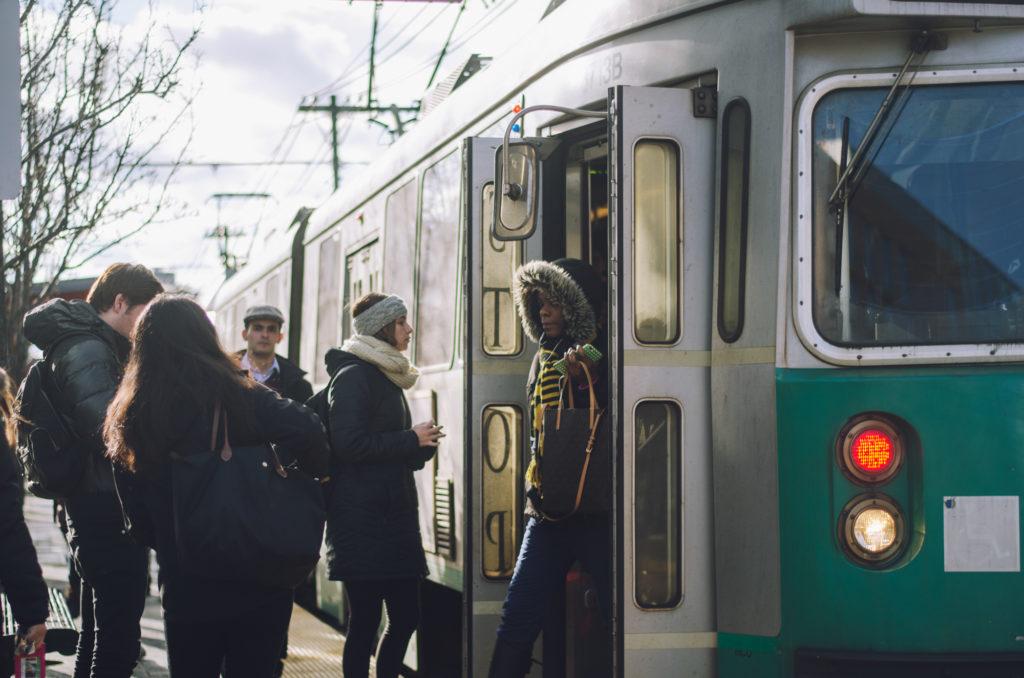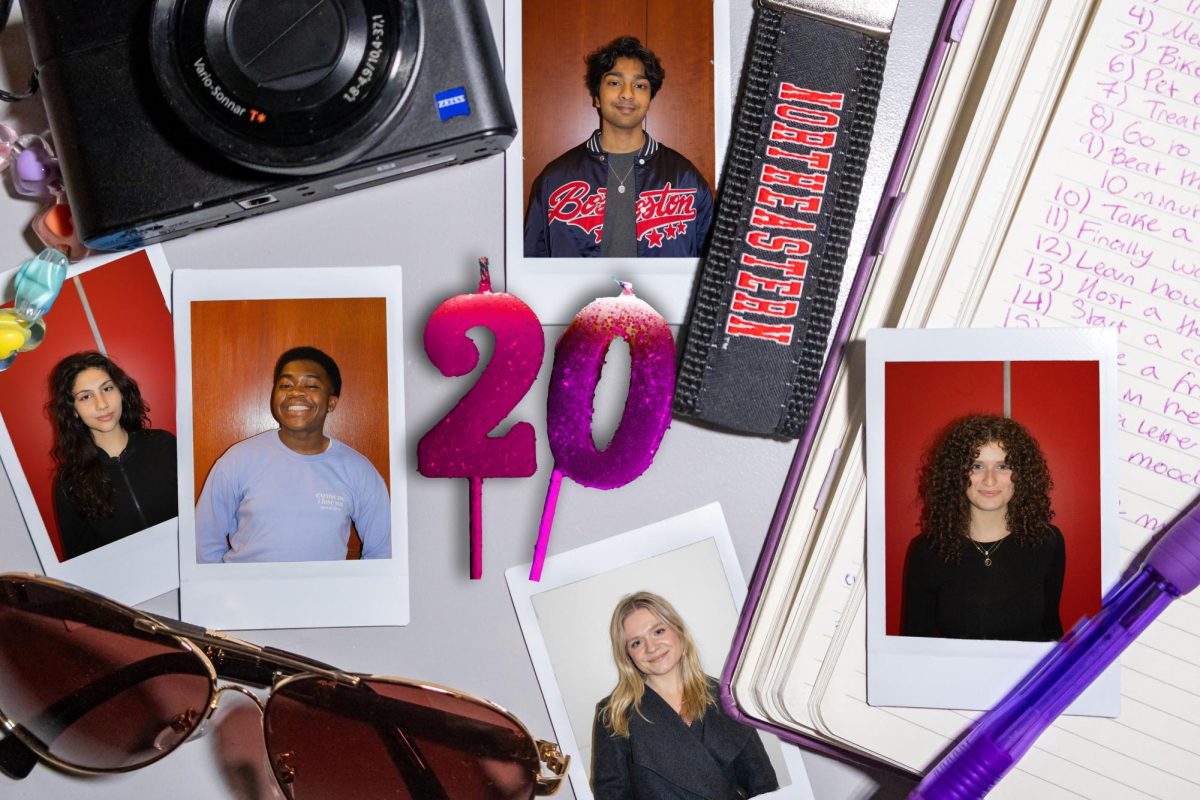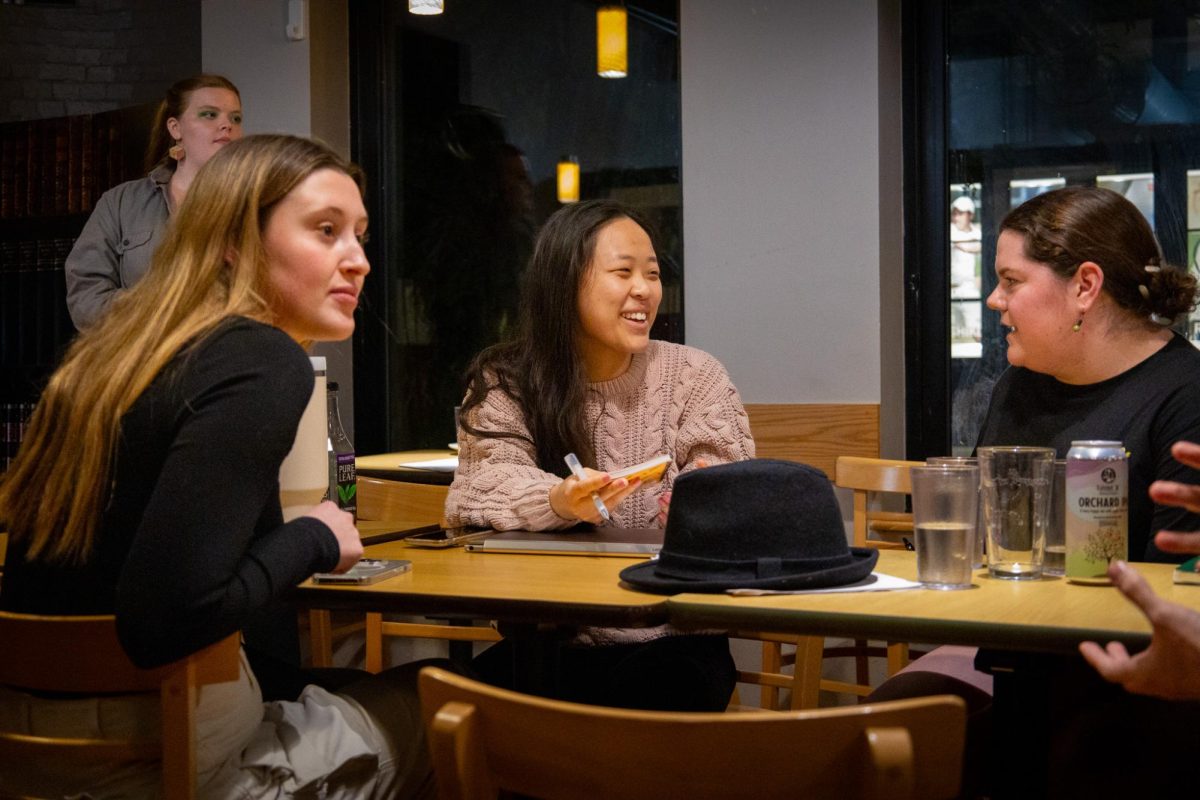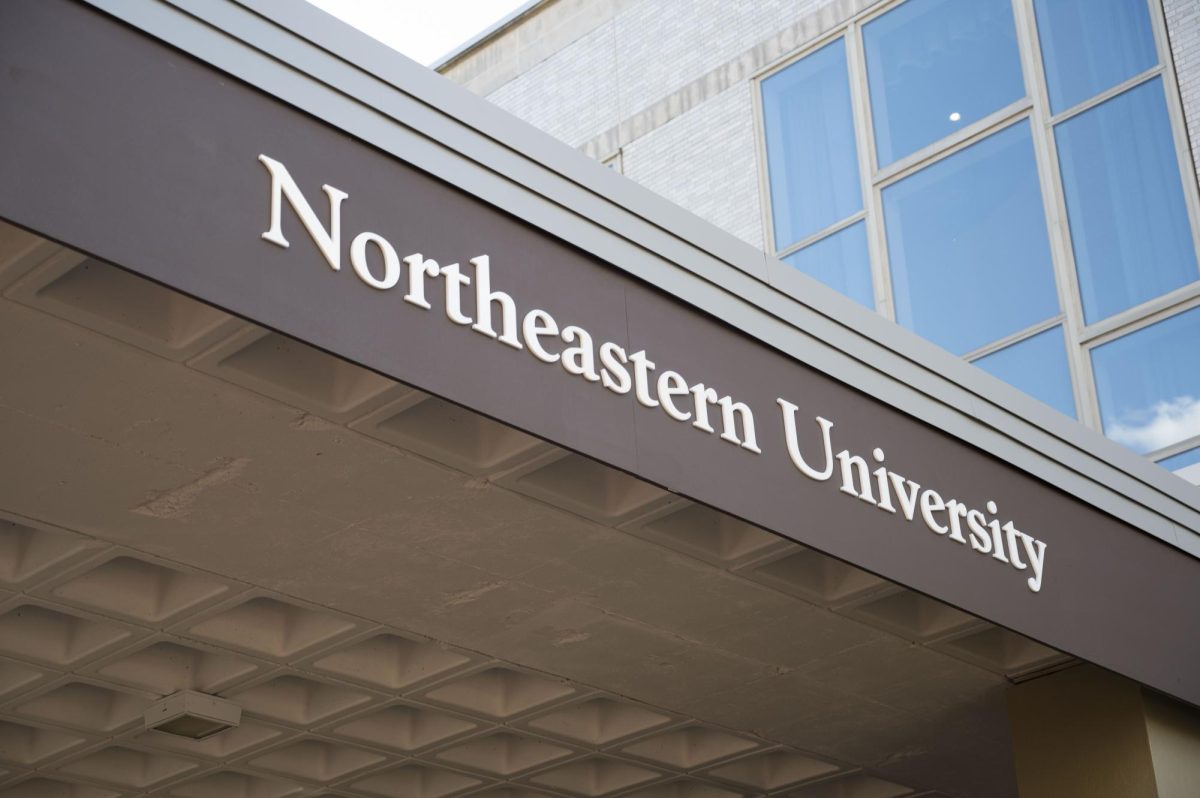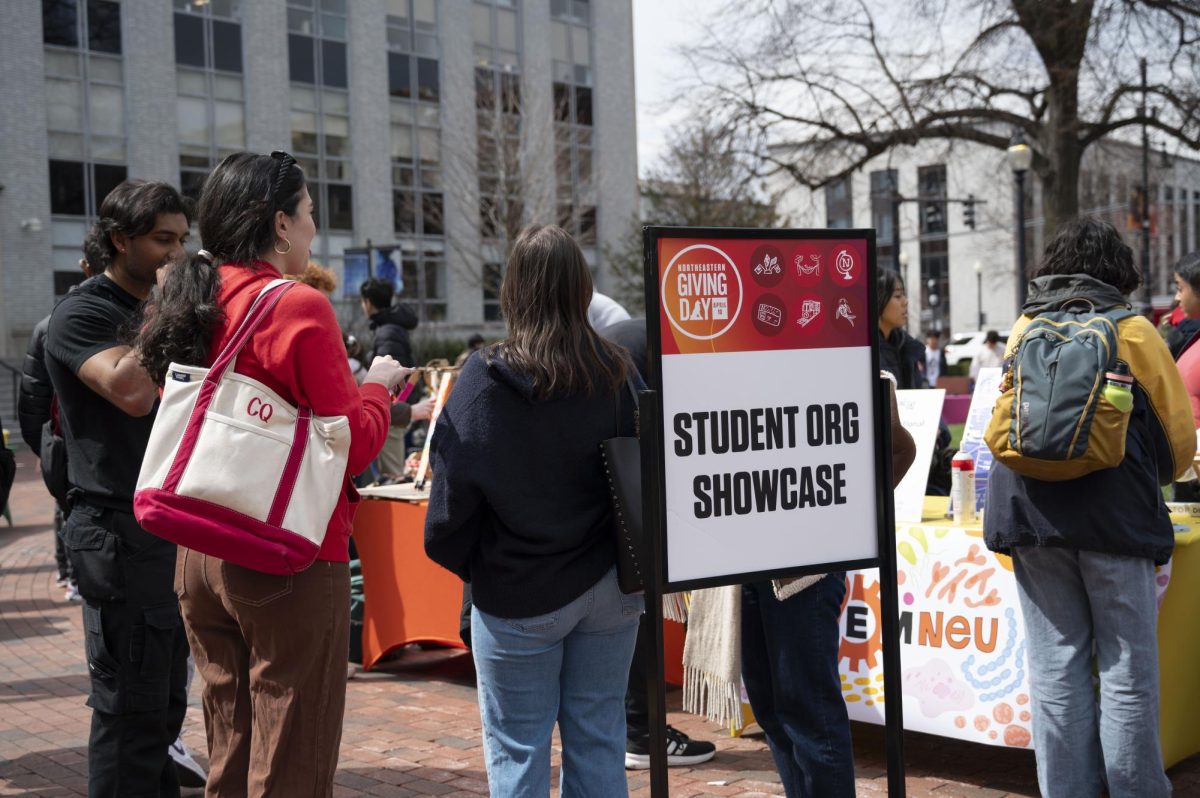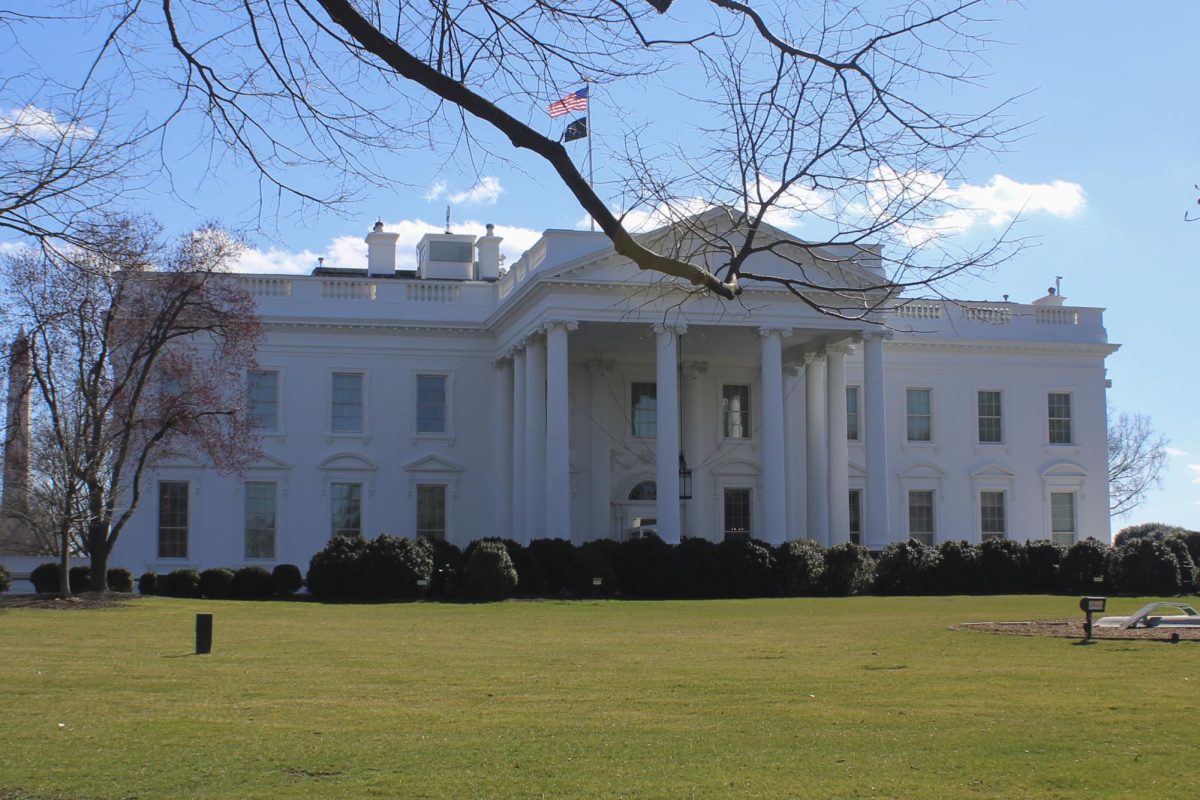By Glenn Billman, news staff
The U.S. Department of Transportation (DOT) designated Northeastern and 16 other universities to help direct the future of American transportation through research and education.
The DOT invited universities across the country to apply to be Beyond Traffic Innovation Centers in December 2016. On Jan. 10, it named 17 schools as innovation centers—including University of California, Berkeley, University of Virginia and University of Michigan—along with the Center for Neighborhood Technology, a Chicago-based nonprofit research and advocacy group.
The centers each serve one of 11 megaregions identified by the DOT. Northeastern and Rutgers University will tackle one of these megaregions: The Northeast, which is made up of 52 million people across 11 states and the District of Columbia.
“In the next 30 years, our country will have 70 million more people competing for the use of our roads, transit and rail networks and airports,” U.S. Transportation Secretary Anthony Foxx said in a statement. “The Beyond Traffic Innovation Centers will bring together researchers, students and thought leaders to develop the ideas we need to keep Americans moving and build a transportation system that works for everyone.”
The designation as a Beyond Traffic Innovation Center is mostly an accolade and does not include extra federal funding, personnel or instructions to complete a specific project for the DOT, said Matthias Ruth, the director of Northeastern’s School of Public Policy and Urban Affairs and one of the faculty leaders of the center.
He said as the DOT proposes challenges and initiatives that need to be solved, the university will decide what tasks it is most equipped to tackle and can then apply for grants. Northeastern will focus on finding ways to connect the disciplines surrounding transportation issues.
“You might want to think of it like a three-legged stool,” Ruth said. “You need the technology, you need the infrastructure and you need the policy and planning, which all go together or it’s not going to stand up.”
Northeastern professor of civil and environmental engineering Peter G. Furth said the future of transportation in large urban settings will replace individual cars with more efficient, less costly and more personalized public transportation.
“Since about 1930, we decided our mobility solution is private cars,” Furth said. “And it’s just ridiculously inefficient. You’re using a 4,000-pound vehicle to move around a 160-pound person. It’s ridiculous energy-wise.”
Furth believes the solution to this is more automation, better public transportation and raising prices for the privilege of driving on public roads.
The creation of innovation centers coincided with the release of Beyond Traffic 2045, a 239-page DOT report about the problems that may arise over the next three decades due to trends like urbanization, population growth and climate change.
Other Northeastern faculty who will help lead the center include Sara Wadia-Fascetti, the associate dean for graduate education and a professor of civil and environmental engineering, and Haris N. Koutsopoulos, a professor of civil and environmental engineering.
Ruth said he believes Northeastern was selected because of the central location of campus and the school’s connectivity.
“We’re fully engaged at all levels with the real world,” Ruth said. “Investment communities, policy communities, technology providers and so on. I think that sort of sets us apart as an institution, it’s part of our DNA and people out there recognize this. And second is that […] what we do here on campus is really work in a very integrated way across the disciplinary boundaries of planning, engineering and policy all mutually inform each other.”
The center will bring together faculty, industry partners, government and groups within Northeastern such as the Versatile Onboard Traffic Embedded Roaming Sensors (VOTERS) project, NU Transit Program, Dukakis Center for Urban and Regional Policy and the Boston Area Research Initiative. Ruth said students can be integrated into the project as much as they want to be.
“Anything a student already does—take classes, go to lectures, do internships and co-ops and then become part of research teams—all of this will be now magnified,” he said.
Ruth said he was proud of what the initiative meant in terms of Northeastern’s growing reputation in the region and nation. Furthermore, the title will likely help Northeastern forge new partnerships and be more competitive when applying for grants.
“This is the start of a longer-term initiative. So it’s not just one project that’s executed and we’re done with it, this is years or decades of work that will now come out of it,” Ruth said. “We basically laid out our philosophy and our take on it and how we would approach it. And they said, ‘Sums up; great; go do it.’ Now with the designation, however, we’re in a much better position when it come to grants and contracts to attract them.”
Photo by Audrey Wang


